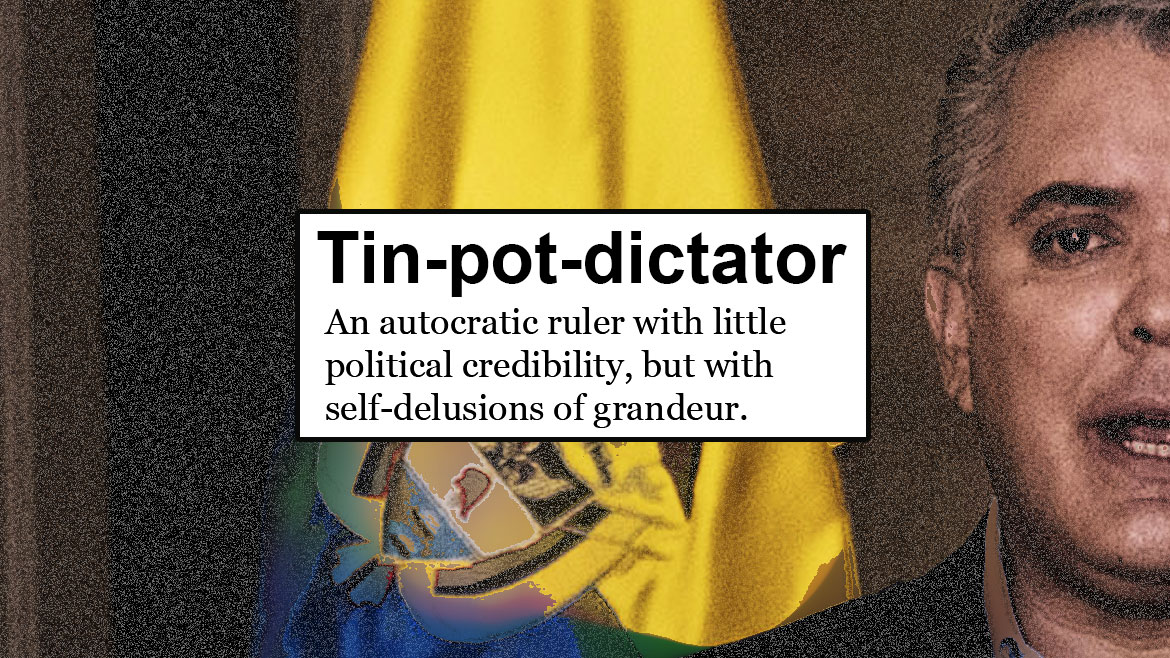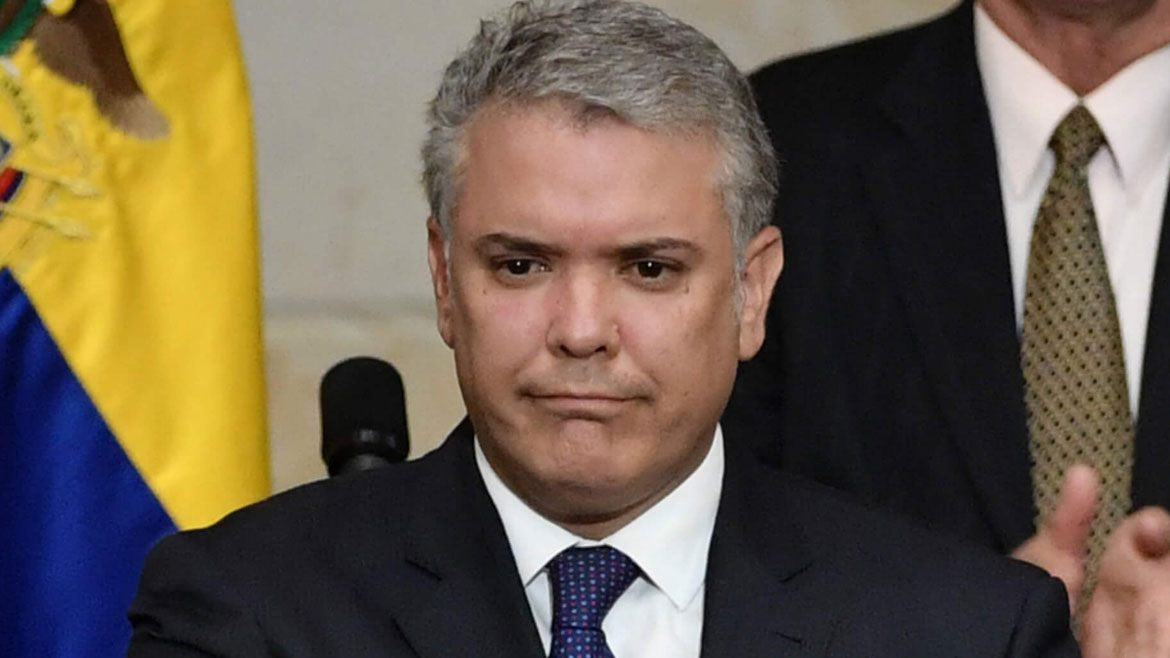HARPERS WAR
The fall of Panjwaii casts a long shadow over Canada's Afghan war veterans
Murray Brewster CBC

© Murray Brewster/The Canadian Press A Canadian CH-147 Chinook helicopter takes off outside a combat outpost in Panjwaii, Afghanistan in June 2011.
The declaration that Panjwaii — a wild, angry district of Kandahar province in Afghanistan — had fallen to the Taliban was greeted this week with a mixture of shock, numbness and resignation by many of the Canadian soldiers who fought in that part of the country for the better part of five years.
A lot of Canadian blood was spilled on that lonely, scorched patch of land. Some of it belonged to former corporal Bruce Moncur.
There was also a lot of sweat and heartbreak folded into the gnarled, sun-bleached grape and marijuana fields in this region west of Kandahar City.
Just ask retired leading seaman Bruno Guevremont.
In many ways, both men left a little bit of themselves behind in Panjwaii — a sprawling, once-prosperous checkerboard of sand, farmland and ancient, dead volcanic hills that rise steeply out of the desert floor.
When soldiers referred to the killing fields of Kandahar, more often than not they were talking about Panjwaii — where Canadian troops did most of their fighting and dying amid endless fields, mud-walled compounds and empty villages.
Against an often-unseen enemy, they fought for the place over and over again throughout the five-year combat mission, which formally ended a decade ago this week.
The Taliban — the enemy that Canadian soldiers managed to keep at bay but never quite defeat — swept through Panjwaii last weekend, handing Afghan Army troops a significant defeat and delivering a major psychological blow in the wake of the American withdrawal.
'It's never going to end'
Following up on their victory in Panjwaii, Taliban insurgents reportedly penetrated Kandahar City late in the week. The Taliban desperately wanted control of Kandahar City, the second largest in Afghanistan, and spilled a lot of their own blood trying to get there — mostly with the Canadians standing in the way.
The city and its surrounding region was their spiritual home, birthplace and first seat of power, a place from which they projected their own brutal version of Islam in the 1990s.
Guevremont said he was shaken by the thought that the villagers he'd protected, and sometimes shared tea and flatbread with, were about to return to that kind of misery.
"What's the feeling I got when I heard that Panjwaii, (the Afghan National Army) had withdrawn and the Taliban was moving back in? It was anxiety. It was exhaustion," said Guevremont, who dismantled insurgent bombs and disarmed a live suicide bomber single-handed in the spring of 2009.
"It's like, this is never-ending. It's never going to end. I'm thinking about the local population. I mean, I made friends over there."
He said the news brought back vivid memories of the three times his team was called in to defuse bombs at schools.
"Once, we got there too late where an IED had actually detonated on a school, so a lot of children had died," said Guevremont. "There were two where IEDs were prepared to go off when the kids came out of school and we got there in time and dismantled those IEDs."
While he worries about the ordinary Afghans caught in the path of the advancing Taliban, he said he also remembers the insecure feeling of being an outsider among Afghans — of not knowing who could be trusted.
Guevremont recalled being asked by locals to respond to a report of a rocket strapped to the underside of a bridge — only to discover that he'd been led into a minefield. He had to dig and tiptoe his way out.
Ten years later, he is left with a sense of dismay — and futility.
"So, you're thinking, 'What did we do for 20 years? What did we do there for the whole time that we were there?'" he said.
He's not the only one asking those questions.
'It was an inevitability'
The hardened resolve and patient, wait-and-see attitude shared by the 40,000 Canadians troops who served in Afghanistan showed cracks here and there on social media this week.
What was it all for? It's a question that, over the past decade, has been answered with the claim that Canada's intervention empowered Afghans to choose their own destiny.
But for some former soldiers, fatalism has taken over.
"It was an inevitability," said Moncur, who suffered a major head wound in 2006 at the onset of Operation Medusa, the biggest battle fought by Canadians during the war.
"I honestly thought it was going to happen. I never thought the Taliban stranglehold on Kandahar was going to be broken for that long."
© CBC News Bruce Moncur (right) in southern Afghanistan in 2006.
Moncur and many soldiers like him take a pragmatic view of their service in Afghanistan: they had a job to do — keeping the Taliban at bay — and they did it.
"It's been 20 years now, a generation, and we lost a lot of blood and guts. But they lost too," he said, referring to the full sweep of western involvement in Afghanistan following the 9/11 terrorist attacks on New York and Washington.
There is a phrase the Taliban liked to use in their propaganda against western forces: "You have the watches, but we have the time."
Moncur said he has grown to appreciate the truth of that claim.
"The inevitability was, unless we were willing to retain that presence for a millennia, they were ultimately going to come out on top," he said.
'We didn't finish the job'
Moncur said he believes the war was not worth the sacrifice in lives and treasure. As a veterans' advocate who is married to NDP MP Niki Ashton, there is an important political dimension to his feelings about Panjwaii.
If Canada, he said, was serious about everything it claimed (and sometimes continues to claim) about its presence in Afghanistan, it would have not walked away from combat operations in 2011 and would not have left the country entirely in 2014.
"I have a hard time grappling with some of the politics that come after this, the decisions to leave," he said. "I mean, we didn't finish the job."
For soldiers like Moncur, mixed in with that remorse and dismay over the fall of Panjwaii is a sense that Canada's war in Afghanistan is ancient history now.
"I've moved on," he said. "I think a lot of the vets have moved on from this.
"I think if you had to ask them what they're more concerned about, the Taliban taking over Kandahar province or perhaps the state of the military within our country, I'm pretty sure most guys would be talking about what is going on with the Canadian military now."
But Canada left some loose ends behind in Afghanistan — flesh-and-blood ones.
Growing calls for Ottawa to rescue the local Afghan translators who worked for the Canadians and were left behind after 2014 have put the Liberal government on the spot in recent days.
Those calls started with ordinary soldiers but are now coming from some of the country's top former commanders — who say they're not prepared to see people who risked their lives for Canada sacrificed to the Taliban.


















